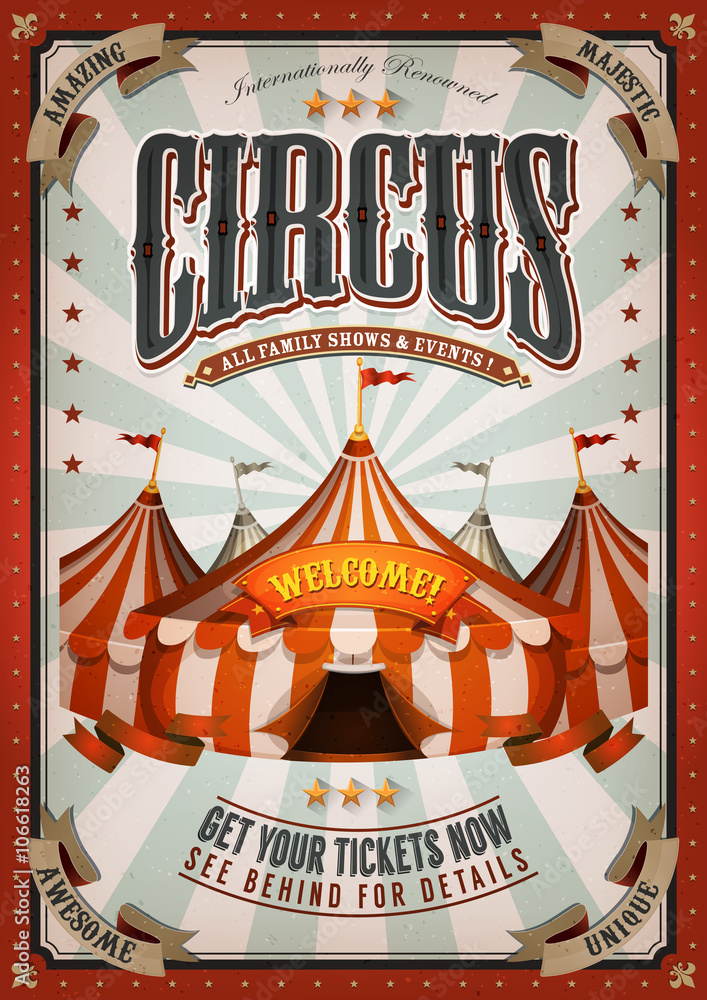Some days ago, while going for a walk in Valencia, I saw some old posters announcing the arrival of the circus to the city. This got me thinking about all the logistics involved in the circus world, as they usually spend a few weeks in one city and then move everything onto the next stop of the tour.
I am sure all of you have heard about one of the most famous circus in the world, the Cirque du Soleil. The following video shows the process of setting up their main tent at a new location. This takes about 7 days to set up and 2 to pack up, and it’s all done successfully thanks to good logistics.
One week before the equipment arrives at the new location, there are marking technicians whose job is to mark where each of the tents has to go. More than 150 local technicians are hired especially for help with setting up the tent, in addition to the permanent crew of the circus. The previous video shows how this is still a fairly manual job.
In total, the circus must pack up and transport 3 tents, 2000t of very varied equipment, more than 4000 pieces of wardrobe for nearly 60 artists, as well as all their personal belongings. In order to achieve this, 95 shipping containers are used to transport everything from one city to the next.
The article Logistics of the American Circus: The Golden Age talks about the some logistic principles that have been used in the circus world for more than a 100 years:
- Utilise an order lot size of one to minimise inventory
For example, ordering one-day food deliveries.
- Track procurement and point of use delivery
Contracts with service providers being signed months in advance.
- Position operational equipment to minimize flows and waste
The layout of the tents and resources is designed in such a way as to improve its efficiency.
- Design equipment to minimize setup and task times
Developing specialised equipment and standardised operating procedures.
- Minimising transit costs
Designing the order of the cities the circus will visit with the aim of lowering transport costs as much as possible.
- Maintain continuous communication
Flow of information between different units inside the circus.
